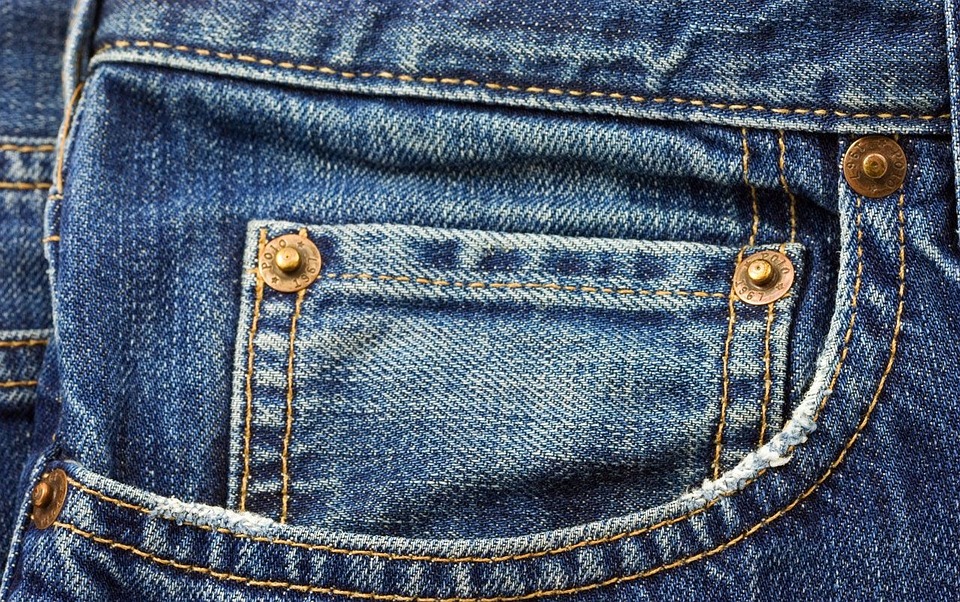
The amount of discarded textiles has doubled in the past 20 years, and now the US creates more than 15 million tons of clothing waste each year. As awareness of these statistics increases, more top fashion brands - such as Mango and H&M - are addressing the issue by promoting clothing lines that use recycled textiles and materials made from sustainable plant fibers, and smaller, green retailers are making features of cruelty-free clothing and accessories from recycled plastics. All have the same desire for durable and repairable clothes that, when they reach the end of their lives, are completely biodegradable, leaving no trace of pollutants in the environment.
Creating Fashion to Cherish
Before rushing out to buy more clothes, even if they are sustainably produced, many people are first turning to upcycling and repairing the clothes they already own. The trend of visible mending turns rips into art, by encouraging consumers to add unique embellishments to their torn clothing instead of throwing it away. Taking these sewing skills further by making their own clothes from scratch means that fashion lovers can be certain of the source of their material, happy with the perfect design, and sure of a good fit. With the right equipment, home sewers can work even heavy material, such as vegan leather made from cork or pineapple leaves, creating durable clothes that they’ll want to keep and cherish.

Using Sustainable Materials
According to Greenpeace, the use of synthetic fibers is among the fashion industry’s biggest costs to the environment, with polyester producing three times more CO₂ than cotton and taking decades to break down. In response, green fashion brands are using unusual materials made from tree fibers, deadstock fabrics, and eco-friendly dyes to manufacture their goods. Merino wool, which uses 60 percent less energy to produce than synthetic materials, is transformed into trainers, and using recycled and vintage fabrics for luxury fashion ensures a zero-waste manufacturing process.
Making Recycling Easier
Fashion houses are also encouraging a change of attitude from their consumers. According to the EPA, less than 15% of clothing is recycled, with the rest being burned or ending up in the landfill. In New York, big clothing brands are working with the Department of Sanitation to create drop off points for old clothing to be recycled. This is just part of a greater campaign to create a circular economy for fashion, ensuring that old clothes are re-used and new ones are created from sustainable material.
Fashion brands and designers are beginning to address the throwaway clothes culture, making it easier for green consumers to source sustainable clothes. With a more mindful approach to buying, recycling and making garments, fashion is more likely to stay in wardrobes and out of the landfill in the future.
Guest post by Sally Collins
About the Author
Sally Collins is a professional freelance writer with many years of experience across many different areas. She made the move to freelancing from a stressful corporate job and loves the work-life balance it offers her. When not at work, Sally enjoys reading, hiking, spending time with her family and travelling as much as possible.
You may also like
How to Choose Environmentally Friendly and Ethically Sourced Merino Wool Clothing
5 Simple Steps to a Sustainable Wardrobe
6 Reasons Why Green Lifestyle Is Getting Popular Around The Globe
